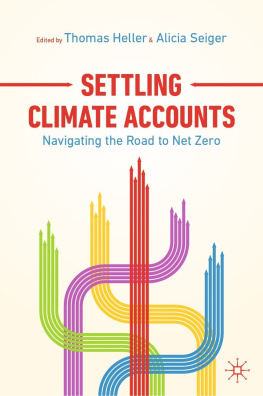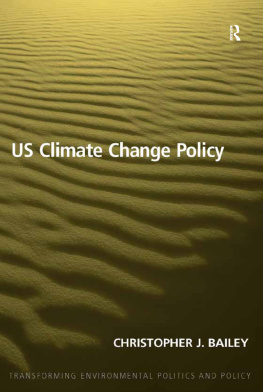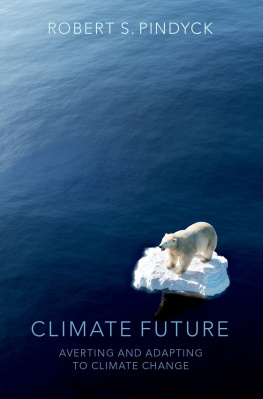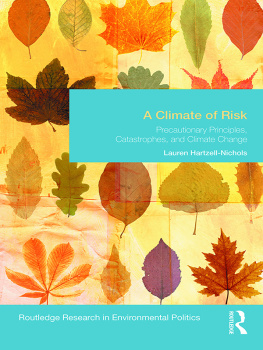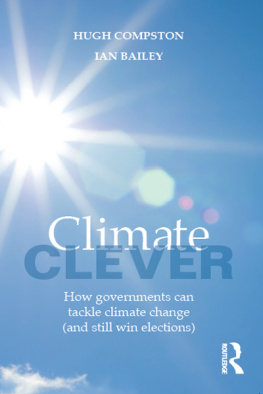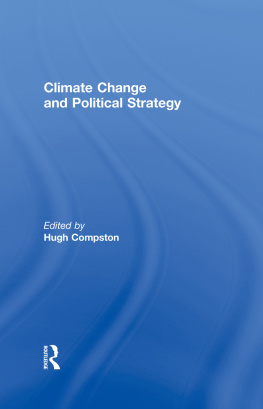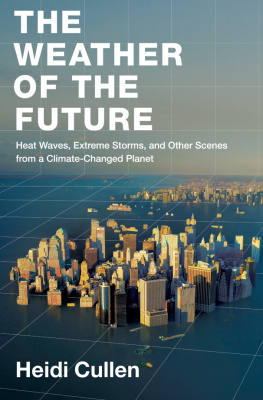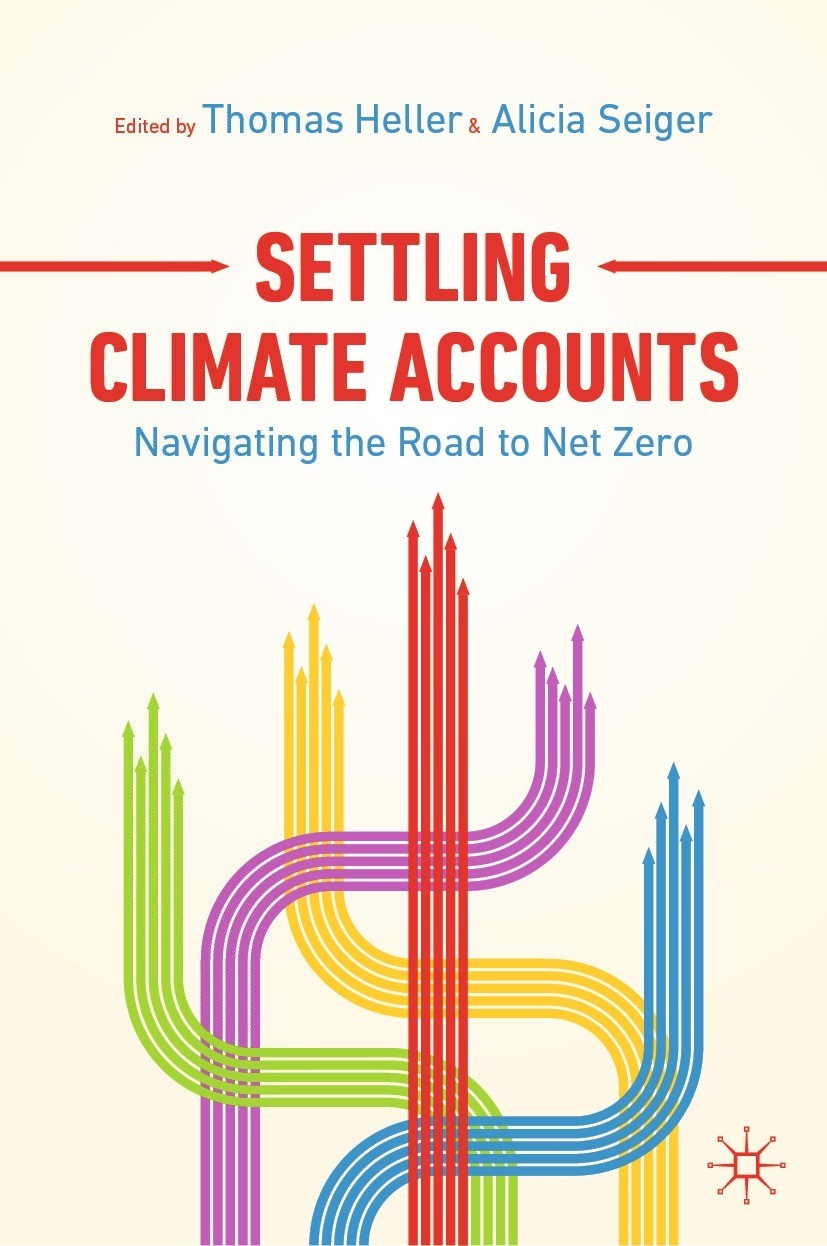Editors
Thomas Heller
Stanford University, Stanford, CA, USA
Alicia Seiger
Stanford University, Stanford, CA, USA
ISBN 978-3-030-83649-8 e-ISBN 978-3-030-83650-4
https://doi.org/10.1007/978-3-030-83650-4
The Editor(s) (if applicable) and The Author(s), under exclusive license to Springer Nature Switzerland AG 2021
This work is subject to copyright. All rights are solely and exclusively licensed by the Publisher, whether the whole or part of the material is concerned, specifically the rights of translation, reprinting, reuse of illustrations, recitation, broadcasting, reproduction on microfilms or in any other physical way, and transmission or information storage and retrieval, electronic adaptation, computer software, or by similar or dissimilar methodology now known or hereafter developed.
The use of general descriptive names, registered names, trademarks, service marks, etc. in this publication does not imply, even in the absence of a specific statement, that such names are exempt from the relevant protective laws and regulations and therefore free for general use.
The publisher, the authors and the editors are safe to assume that the advice and information in this book are believed to be true and accurate at the date of publication. Neither the publisher nor the authors or the editors give a warranty, expressed or implied, with respect to the material contained herein or for any errors or omissions that may have been made. The publisher remains neutral with regard to jurisdictional claims in published maps and institutional affiliations.
Cover credit: lvcandy
This Palgrave Macmillan imprint is published by the registered company Springer Nature Switzerland AG
The registered company address is: Gewerbestrasse 11, 6330 Cham, Switzerland
Preface
This book aims to settle climate accounts in three senses of accounting. The chapters study climate accounting in its most familiar formas the process of analyzing, verifying, and reporting financial accounts. The books introduction and conclusion wrap this analysis in a narrative account, with storytelling that grounds the reader in the past, present, and future of the climate action story. And finally, the book drives home the need for greater accounting in its form as the root of accountability.
We begin our story by retracing the road from Rio to Copenhagen to Pariscities marking the locations where significant global climate conferences took place in 1992, 2009, and 2015, respectively. The road from Rio to Copenhagen was not the uncongested superhighway the original drivers of climate action had hoped for and anticipated. And so, along the particularly dark stretch between Copenhagen and Paris, climate advocates began to contemplate alternate routes, ones that considered the unanticipated obstacles and departures that had slowed progress along the initial pathway.
It remains to be seen whether the next global Conference of Parties in Glasgow (COP26, scheduled for November 2021, as of the writing of this book) will emerge as a pivotal milestone on the road to decarbonization. In the approach to COP26, and in anticipation of its aftermath, this book offers a climate narrative in the context of three recent and significant Turns in the drive toward climate stabilization. These turns are imagined in our telling of the climate action story rather than a formal characterization of the current narrative. They are largely concurrent, overlapping, and often ambiguous in their conceptual and practical implications. The first two Turns: the Turn to Green Finance and the Turn to Risk materialized in earnest after the Paris Agreement in 2015. The third Turn and the primary focus of this book, the Turn to Net Zero, hit escape velocity in 2020 and has taken the lead as the worlds next, and perhaps last, best hope to get climate action on track. Understanding history, and these Turns in particular, through a narrative that both organizes and explains how climate action has oriented and reoriented over the past three decades will be critical to successfully navigating the terrain ahead.
The chapters of this book are a compilation of essays by researchers at Stanford Universitys Sustainable Finance Initiative (SFI) and Steyer-Taylor Center for Energy Policy and Finance (STC). The first part of the book investigates the rough edges of Net Zero in practice. The second half of the book focuses on states, markets, and transitions and explores possible solutions that raise further questions about the adequacy and reach of the Net Zero agenda.
While we encourage readers to derive practical insights from the chapters, this book is less tactical than fundamental. It offers context and foundation to ground the rapidly evolving practice of Net Zero finance. For readers who seek even greater technical detail and depth, we invite you to visit the Stanford Sustainable Finance Initiative Web site and explore the working papers that undergird the introduction, conclusion, and several of the volumes chapters.
Our intended audience includes seasoned climate practitioners, newly activated leaders, educators, and students of climate action the world over. While it is relatively easy to get up to speed on climate, it is more difficult to find the time and resources for the careful contemplation required to learn from the past and better orient future pathways.
Climate accounting, in its narrative sense, tends to fall into one of two genres: pep-rally optimistic and dystopian despair. We aim for this volume to strike a middle ground. Climate advocates prefer to tell success stories and mobilize forces with simple, easy-to-digest messages. This tendency is understandable (humans dont generally gravitate toward dark and deeply complex problems), but this tendency is not without risk. As Spencer Glendon has prophetically observed, If optimism is the uniquely American trait of trusting that things will work out in the end; hope is the belief that with hard work, things will get better. By casting climate narratives with successful heroes, defeated villains, and Hollywood endings, we risk a world where climate action is driven by willful optimism. This book embraces the complexity of climate action and, in so doing, proposes to animate and drive hope.
This book is by no means comprehensive. While we consider economics, finance, and governance in a global context, our perspective is by nature western and privileged. The Turns in our introductory narrative do not explicitly account for underlying questions of equity and justice. Long at the center of the climate crisis, these themes are justifiably rising in volume and centrality in the midst of a racial reckoning in the US, and in the face of mounting and unequitable economic and human losses at the hands of flood, fire, draught, and heat worldwide, further exacerbated by the COVID-19 pandemic. The initial climate narrativethe one shared on the road from Rio to Copenhagenwas more attuned to questions of equity, justice, and global development than the corrective Turns taken since Paris. The directions of Green Finance, Risk, and Net Zero depart from the founding principle of nations and sub-groups having differentiated responsibilities and capacities. In the books conclusion, we anticipate a need to turn back to the multilateral and redistributive elements of the original formulation for the sake of humanity.

